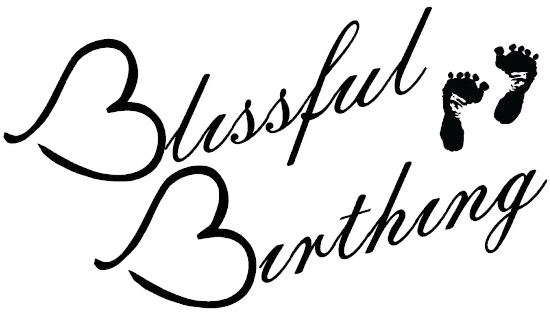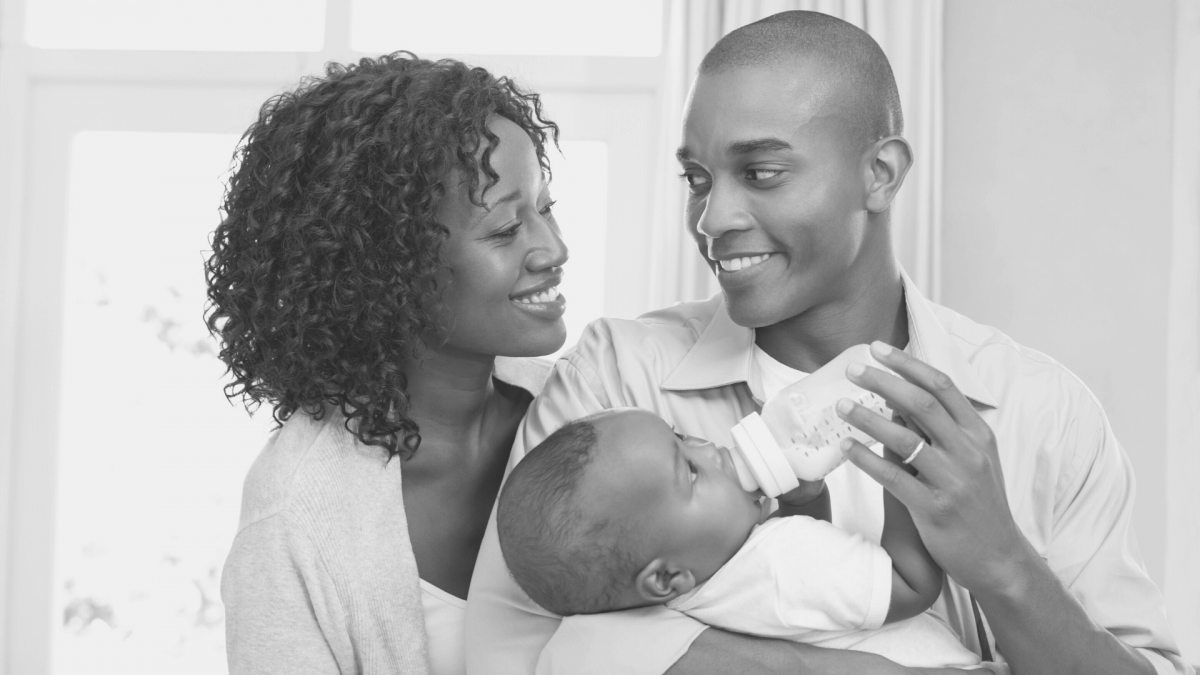Whether your baby will be drinking from a bottle exclusively or occasionally, you likely want to know what is the best bottle. I have good news and bad news for you. Are you ready? There is no best bottle. I know. Some of you may be relieved by that and others even more stressed. Try not to worry. In this blog I am going to go over some of the features that I think are important to look out. This information can guide you in choosing the best bottle for your baby.
What to Look For
- Venting/Way to Remove Air
- This can be as simple as a vented nipple or bag or as complex as a straw system. The idea is to, obviously, reduce the amount of air your baby takes in while drinking. Using the bottles that come with your breast pump or those that are not vented increases the amount of air, leading to gas.
- Wide Mouth
- Even if your baby will not be switching between the breast and a bottle, this shape is closer to the breast. Your baby will be able to suck in a physiologically ideal way (lending itself to proper jaw development). It is also easier to pour breast milk, liquid formula, or powder inside. Less mess is always a win!
- Minimal Parts
- Your baby will be feeding anywhere from six to twelve times a day, depending on their age. That is a lot of bottles! Choosing an option with the least amount of parts possible means less time spent washing.
What We Like
My team and I have found the following bottles to be the “best” in terms of meeting the above criteria.
- Tommee Tippee
- Avent
- Playtex Drop-Ins
- NURSH by Boon (eco-friendly bottle with the same concept as the Drop-Ins)
- Comotomo
What is the best bottle for a breastfed baby?
We get this question a lot! The answer is simple. There isn’t one. I know, another “useless” answer. But let me explain. The sucking pattern at the bottle is different than at the breast. So if you will be switching between bottle and breast for your breastfed baby, the best advice I can offer is to introduce the bottle early and often. Nipple confusion is not real! (Yes, you read that correctly). I do not recommend waiting longer than 2-3 weeks. The reasoning:
- you want to make sure your baby has had a chance to regulate your supply.
- by this point you and your baby will be comfortable with breastfeeding so there will be less worry.
- it is still early enough to introduce a bottle (and even a pacifier) where your baby will not fuss and reject one or the other.
I cringe when I hear local IBCLCs recommending waiting at least four to six weeks to introduce a bottle (or pacifier). Waiting a month or more can lead to you (and your baby) getting stressed out over bottle feeding. Often parents who wait longer to introduce a bottle to their babies are the ones who “have” to go through multiple bottles to find one their baby “likes”. I hate to break it to you, but I can almost guarantee that there is nothing special about the last bottle that baby finally took. By this point you’ve likely been trying for a couple of weeks (or maybe more). Your baby has had time to practice sucking at the bottle (even if they haven’t drank much). So when you finally find a bottle that your baby accepts, it’s highly likely that it simply means they learned the new skill.
I hope you’ve found this blog helpful. If there is any way that my team or I can support you during your baby’s feeding journey, please do not hesitate to reach out. We support families through breastfeeding, weaning, and bottle feeding!
Other Blogs You May Like
Best Products for Bottle Feeding
Transitioning to Milk | Tips for Switching Your Baby to Milk
Does Breast Milk Cause Cavities?
This blog is for informational purposes only. It does not replace consultation with your child’s healthcare professional. The above information does not diagnose, treat, cure, or prevent any disease.
This blog contains affiliate links.

